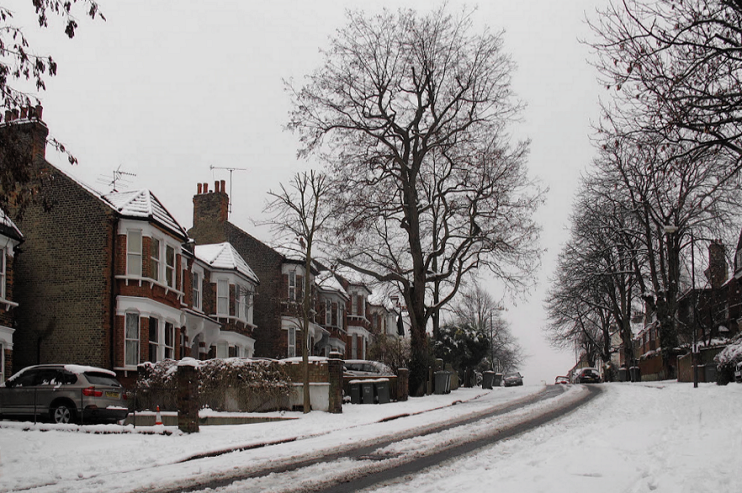Westcombe Park
Westcombe Park, Greenwich
Situated west of Charlton and north of Kidbrooke, Westcombe Park is in character an extension of Blackheath and Greenwich

The manor of Combe (Old English for a valley or hollow) lay in the Charlton area, and West Combe had its own identity before the Norman conquest, separated from the rest of the manor by what is now Westcombe Hill. The land came into Crown possession before being granted to Richard II’s butler, Gregory Ballard, in an arrangement witnessed by Geoffrey Chaucer.
Westcombe remained farmland throughout the Middle Ages, but its subsequent history was dominated by two 18th-century properties situated immediately south of present-day Mycanae Gardens.

A grand house called West Combe (also known as Westcombe Park, House or Manor) was built in the 1720s and stood for around 130 years. West Combe boasted 50 acres of pleasure grounds and its tenants included the general and colonial administrator Clive of India and the banker Alexander Baring.
In 1774 the wealthy and well-connected merchant John Julius Angerstein built a villa called Woodlands. Angerstein was the first chairman of Lloyd’s of London, devised a groundbreaking scheme for a national lottery and acquired paintings that formed the nucleus of the National Gallery collection. Woodlands later became home to the Yarrow shipbuilding family and then to the Little Sisters of the Assumption. Much altered over the centuries, the house served as the borough’s local history library until the facility moved to Woolwich Arsenal in 2003. It is now home to Greenwich Steiner School.
Neighbouring Mycanae House is a community centre and event venue.
During the 1850s and 1860s land to the south of Westcombe Park Road was laid out as the Vanbrugh Park estate. The success of this project, and the opening of the station in 1876, prompted the sale of West Combe’s extensive grounds for the building of middle-class housing. However, despite grand aspirations and an architectural competition, several decades elapsed before all the plots were taken up.
After the Second World War rising property values encouraged infilling by private housebuilders, while the municipal authorities demolished several properties to make way for council flats. Subsequent pressure from preservation societies has prevented further debasement of the area.
Founded in 1904, Westcombe Park rugby club moved to Orpington in 1936, and to its present home at Goddington Dene in 1990.
